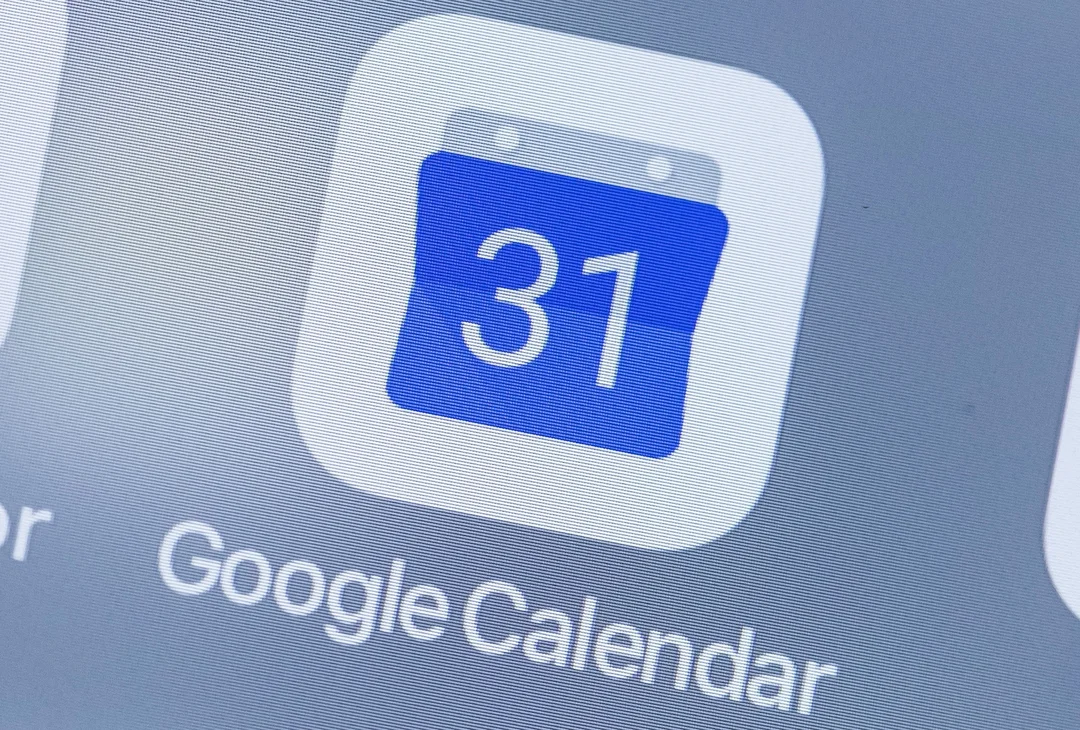
APT41 Leverages Google Calendar for Stealthy Malware Command and Control: A Deep Dive
The notorious Chinese hacking group APT41 has been caught using a novel technique to conceal their malicious activities: exploiting Google Calendar for command-and-control (C2) communication. This sophisticated approach, involving a malware dubbed 'ToughProgress,' allows attackers to hide in plain sight by leveraging the trusted cloud service provided by Google.
According to Google's Threat Intelligence Group (GTIG), this campaign, discovered in late October 2024, involved the group compromising a government website to host the malware, which then targeted multiple other government entities. The GTIG has since dismantled the attacker-controlled infrastructure and implemented measures to prevent similar abuse in the future.

While using Google Calendar as a C2 mechanism isn't entirely new, APT41's implementation demonstrates a high level of sophistication. Veracode previously reported a similar tactic in a malicious Node Package Manager (NPM) package. Furthermore, APT41 has a history of abusing Google services, including Google Sheets and Google Drive, in past campaigns like the Voldemort malware in April 2023.
The attack unfolds through a carefully crafted spear-phishing email campaign. Targets receive emails containing links to a ZIP archive hosted on the compromised government website. This archive contains a Windows LNK file disguised as a PDF, along with a primary payload masquerading as a JPG image and a DLL file for decrypting and launching the payload, also disguised as an image. As Google puts it, “The files "6.jpg" and "7.jpg" are fake images. The first file is actually an encrypted payload and is decrypted by the second file, which is a DLL file launched when the target clicks the LNK.”

The DLL file, known as 'PlusDrop', decrypts and executes the next stage, 'PlusInject,' entirely in memory. PlusInject then performs process hollowing on the legitimate Windows process 'svhost.exe' and injects the final stage, 'ToughProgress'.
ToughProgress connects to a hardcoded Google Calendar endpoint and polls specific event dates for commands added by APT41 within the description field of hidden events. After executing these commands, it returns the results into new calendar events, allowing the attackers to adjust their strategy accordingly. This encrypted exchange and the utilization of a legitimate cloud service make detection significantly harder for traditional security products.

Google took swift action to disrupt this campaign, identifying and terminating attacker-controlled Google Calendar instances and associated Workspace accounts. They also updated their Safe Browsing blocklist to warn users visiting associated sites and block traffic from those sites across all Google products. While the report doesn't specify the compromised organizations or victims, Google directly notified them in collaboration with Mandiant and shared samples and traffic logs to aid in identifying infections.
This incident showcases the continuous innovation and adaptability of APT groups in their pursuit of cyber espionage. Their use of Google Calendar as a C2 channel highlights the importance of robust cybersecurity measures and continuous monitoring to detect and mitigate such sophisticated attacks. The effectiveness of this attack lies in its camouflage. By using a widely trusted service, the malicious activity blends in with normal network traffic, making it difficult to distinguish from legitimate operations.

What are your thoughts on APT41's innovative approach? Share your insights and concerns about this evolving threat landscape in the comments below.